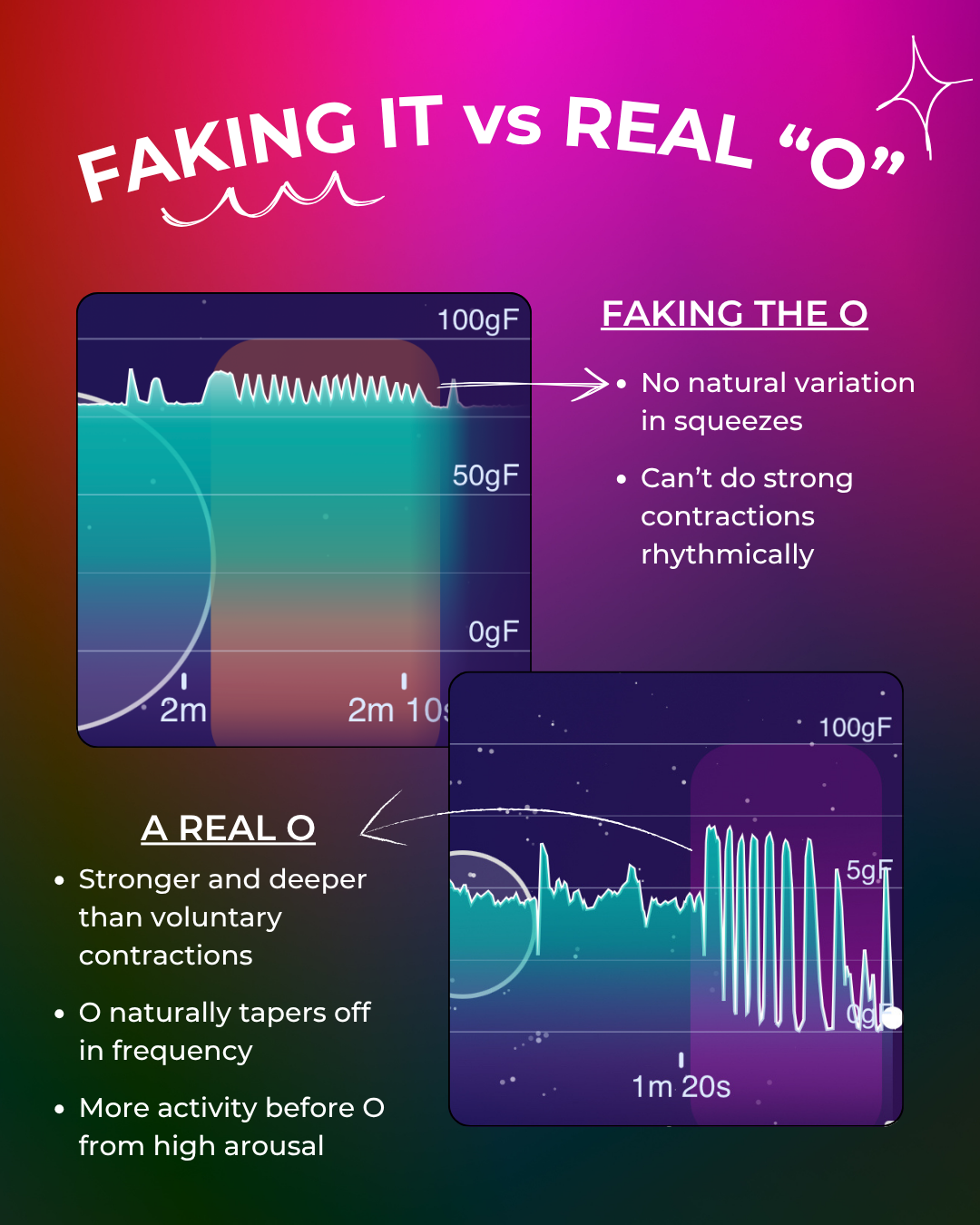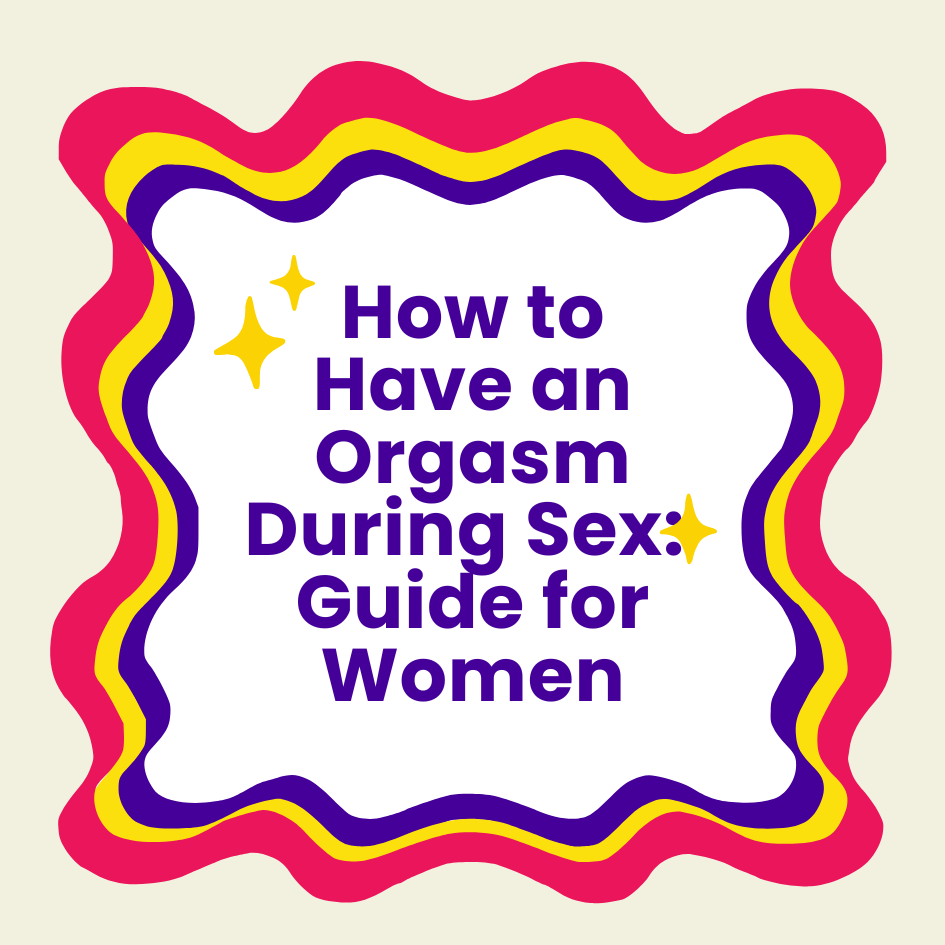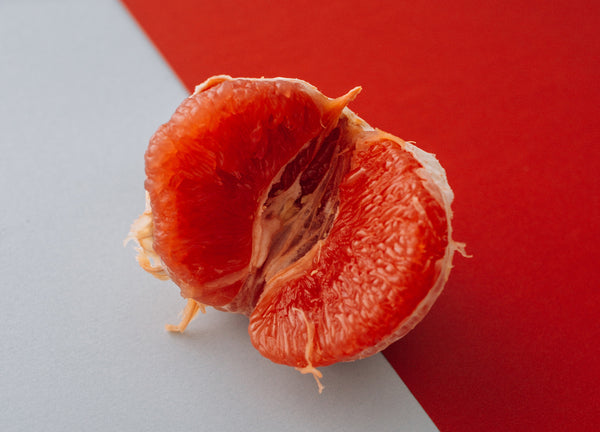 Photo by Charles Deluvio
Photo by Charles Deluvio
"Where is the female prostate? What IS the female prostate? And... what do I do with it?"
As part of Lioness, we get a lot of questions about sex and sexuality. With all the talk of male prostate stimulation, the topic of "female prostate" stimulation has inevitably come up more and more.
Despite female sexual anatomy being highly relevant to over half the human population, we still have a lot of misinformation, myth, and general lack of knowledge. Even most textbooks used in medical schools have fairly incomplete information. [1]
So, what is the prostate anyway?
Let's cut to the chase. Technically speaking, biological females don't have prostates.


The prostate is, by definition, a walnut-sized gland between the bladder and penis. In biological males, this location places it just in front of the rectum—hence all of the anal toys out promising prostate stimulation.
Now that THAT's clarified, end of story, right? Not quite.
What we really mean by "female prostate"
Leaving the story at the technical definition of the prostate gland gets at the literal wording of the question vs. the spirit of it.
When we hear people talk about the female prostate, they usually mean the g-spot—also known as the Gräfenberg spot.
In fact, there's some organizations and academic papers that even advocate to accept the "female prostate" terminology for the g-spot. For example, an aptly named academic letter in AJOG (American Journal of Obstetrics & Gynecology) called "The G-spot is the female prostate".

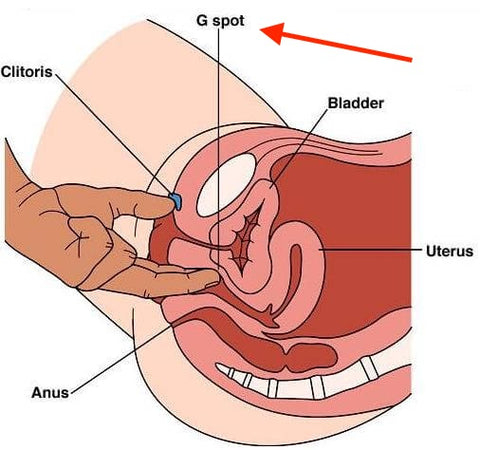
Down the rabbit hole (no pun intended)
Unfortunately—and as per the point I made about female anatomy being under-researched—this doesn't really make things that much clearer.
There's fierce controversy within the research and medical community on whether the g-spot exists, with proponents and detractors equally adamant that the other side is completely wrong.
Which, if you think about, is crazy—I mean, it should just be there or not, right?
People disagree on what it even is
The definition of the male prostate is fairly precise. The definition of either the female prostate or g-spot is anything but.
The origins are an article by Dr. Gräfenberg in 1950 where he described a particularly sensitive spot near the urethra [2], leading to a (largely fruitless) search where different people have declared entirely different female anatomical structures as "the g-spot"—for example, the Skene's glands are a popular (and controversial) candidate. [4]
A respected neurologist has gone so far as to call the g-spot a "gynecological UFO." [3]
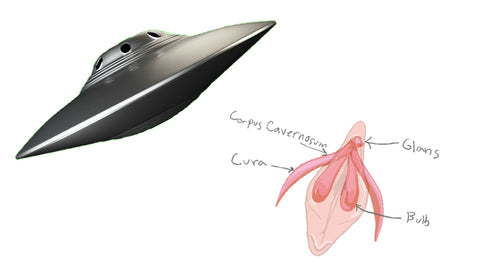

Ok, so that's not quite the g-spot next to the UFO—it's a diagram from the "Find the Clitoris" comic by my co-founder, Liz.
So what does this all mean (aka, so how do I have female prostate or g-spot orgasms?)
If there's anything to take away from all of this, it's that there's still a lot we don't know about the g-spot (female prostate).
Nonetheless, lots of people talk about g-spot orgasms—usually meaning non-clitoral orgasms. There are some things to keep in mind about that to make your journey achieving this "female prostate" or g-spot orgasm easier.
There's no agreement or consistency on where it is
There's a lot of internet accounts on where to find the female prostate/g-spot. Just because it's in one place (and specific thing) for one person doesn't mean it's the same for you.
If you tried what someone said to do and looked for it where they said it is, don't be disappointed if you don't feel anything. There's no agreement on where it is, so it could very well be somewhere else for you.
Explore until it works
Given that lack of consistency, the best method is to cast a wider net.
Feel different parts—including some of the classic "come hither" motions that are supposed to work, but also with other tools like vibrators to go deeper or elsewhere entirely.
If nothing else, by keeping in mind that you are exploring, you'll at least have an interesting/fun time doing so.
Read more on the g-spot
There's too much about the history and science of the g-spot to cover on this article—which, after all, is mainly addressing what the female prostate is.
If you want to read more about the topic and dive deeper into the science, read my previous article about the g-spot itself.
And if you're still interested in butt stuff
With all of this being said, the prostate is still most closely associated with, broadly termed, "butt stuff."
Although the diagrams above pretty clearly show that while the male prostate is accessible from the rectum—while the g-spot is less so, if at all—maybe you came here looking for that. If so, I'd refer you to our how-to guide on anal sex, our practical guide to using butt plugs, and (related to our product below), how to use Lioness as a butt plug and data that shows how anal vs. vaginal orgasms compare.
===
Intrigued? Explore your g-spot withThe Lioness
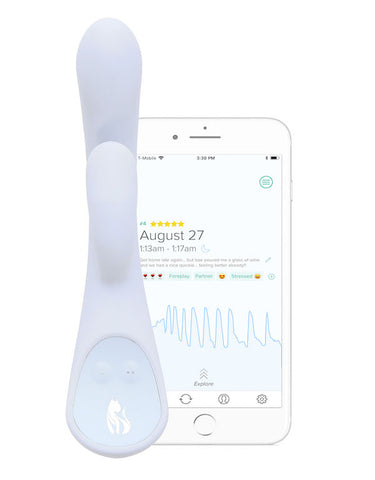
Lioness is the first and only vibrator that helps you improve your orgasms.
The world’s most advanced rabbit-style vibrator. Precision sensors let you literally see your arousal and orgasm. Experiment, understand yourself (and find your g-spot), and have better orgasms—after all, as the saying goes, “never measured, never improved.”
Click hereto learn more.
===
References
[1] Andrikopoulou, M., Michala, L., Creighton, S. M., & Liao, L.-M. (2013). The normal vulva in medical textbooks. Journal of Obstetrics and Gynaecology, 33(7), 648–650. http://doi.org/10.3109/01443615.2013.807782
[2] Gräfenberg, E. (1950). The role of urethra in female orgasm. The International Journal of Sexology, III(3), 145–148. http://doi.org/10.1111/bju.12128_8/pdf
[3] Hines, T. M. (2001). The G-spot: A modern gynecologic myth. American Journal of Obstetrics and Gynecology, 185(2), 359–362. http://doi.org/10.1067/mob.2001.115995
[4] Kilchevsky, A., Vardi, Y., Lowenstein, L., & Gruenwald, I. (2012). Is the Female G‐Spot Truly a Distinct Anatomic Entity? The Journal of Sexual Medicine, 9(3), 719–726. http://doi.org/10.1111/j.1743-6109.2011.02623.x



